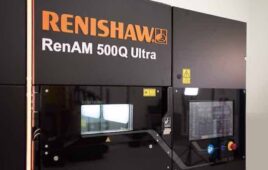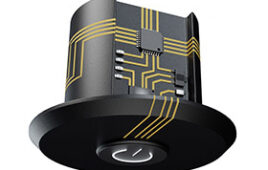 Local institutional investments in 3D printers can give competitive benefits to larger industry sectors, said a recent study by the MAPI Foundation.
Local institutional investments in 3D printers can give competitive benefits to larger industry sectors, said a recent study by the MAPI Foundation.
Cliff Waldman, MAPI Foundation director of economic studies, found that the number of commercial printing machines in use worldwide had grown from 355 in 2008 to 23,000 in 2013.
Using a cluster model developed at the MAPI Foundation, he studied how 3D printing has caused an increase in regional manufacturing competitiveness. It creates smaller and more agile industries, he said, which itself allows for specialization and the inclusion of 3D printing in product development. 3D printing is the most powerful way to shape both products and processes, Waldman said.
The ability to produce materials proximate to the point of input has shortened supply chains in a number of sectors.
3D printing could also make product design a more prominent part of supply chains and clusters.
“The new manufacturing production paradigm in general and the contribution of 3D specifically have the potential to drive regional manufacturing systems toward ever-higher levels of efficiency, innovation, and competitiveness,” Waldman said. “With its capacity toward flexible design, 3D printing will have the possibility to provide cluster-to-cluster spillover impacts and the development of new clusters. This will result in a major boost to the strength of U.S. manufacturing.”
Printers have fallen in cost as they become more common, which, MAPI said, can stimulate more entrepreneurship in manufacturing. They allow consumers and end-users the capacity to participate in, not just benefit from, innovation.
Along with working in the MAPI Foundation, Waldman is also the author of “3D Printing and Regional Manufacturing Competitiveness.”
The MAPI Foundation, founded in 1933, is the research affiliate of the Manufacturers Alliance for Productivity and Innovation.
Filed Under: 3D printing • additive • stereolithography, Industrial automation




